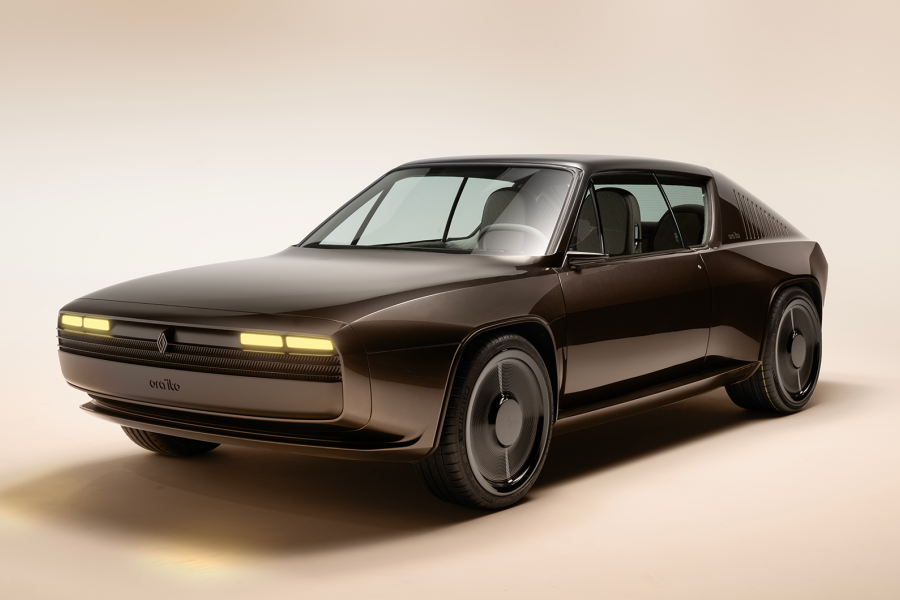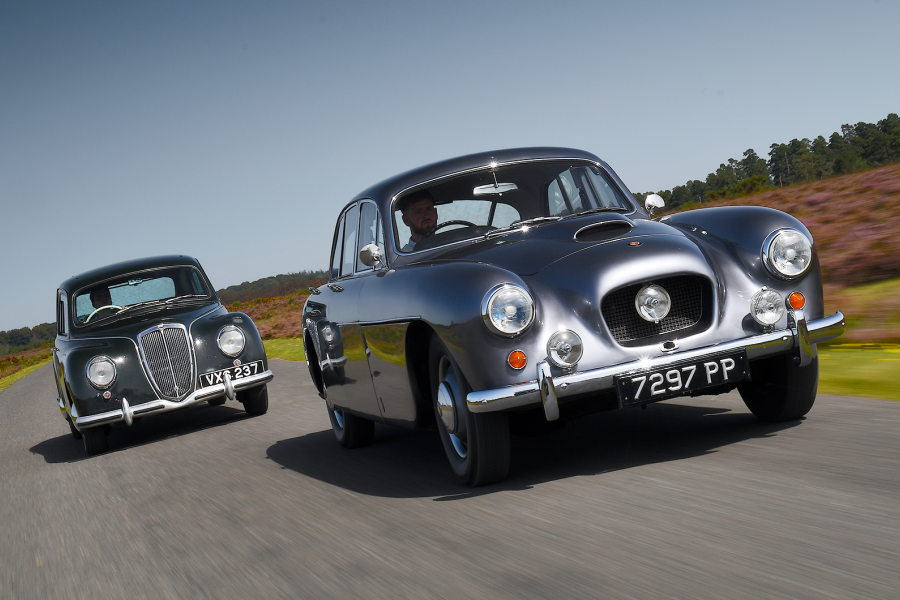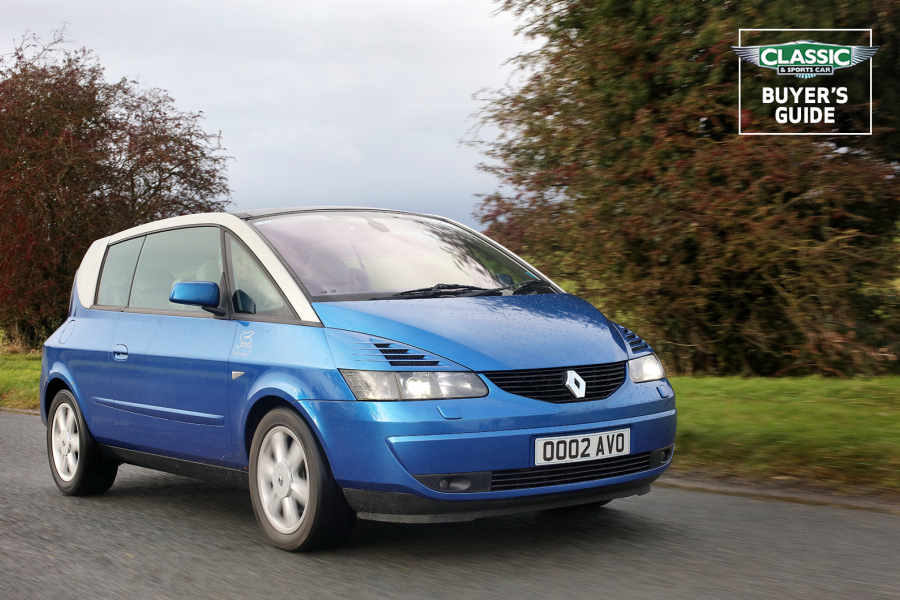For those used to conventionally aspirated engines there’s an initial unreality to proceedings as the propulsion hits – like the artificial high of synthetic E-numbers.
You quickly adapt, however, to embrace what is an effervescent experience.
The car feels every bit as fast as the figures suggest.
The Delta has sharp handling, with initial bias towards understeer
Head out onto B-road territory, fire it into a corner and that superbly engineered chassis – bespoke springs, dampers, anti-roll bars and adapted trailing arms – just grips and grips.
The handling characteristics are similar to the Delta HF, but it’s stiffer and has a higher level of stability, allowing you to devour both long sweepers and tighter hairpins at a significantly faster rate.
There’s not a lot that’ll get close to the 5 GT in this price bracket.
Unlike some earlier manufacturer efforts, the Renault wasn’t just a ‘warmed-over’ hatch.
It was bred purely for performance. The market was shifting again, with cars undergoing full metamorphosis to become technological tours de force.
Hot hatches with a not-so-pocket rocket
Ironically, Lancia’s Delta was at the forefront of this new breed, regaining the title of hottest of the hot hatches when it brought four-wheel drive to the party in ’86, and then going on to dominate with the all-conquering Integrale.
These two cars live somewhat in the shadow of their homologation-special brethren, but luckily that serves to keep a lid on prices.
Today, both have the rarity factor, and can be driven sedately around town or fully unleashed.
It’s the Lancia that’s the truly practical family car, but, from an adrenalin-fuelled perspective, I’d plump for an original-looking GT turbo.
If the Delta HF turbo is a sophisticated hoot to drive, then the 5 GT turbo is the car that fully encapsulates the term ‘pocket rocket’.
Images: Tony Baker
Thanks to: Roger Williams; Renault UK; Tim Heath at The Lancia Motor Club
This was first in our December 2014 magazine; all information was correct at the date of original publication
Factfiles
Renault 5 GT turbo
- Sold/number built 1985-’91/160,000
- Construction steel monocoque
- Engine iron-block, alloy-head, pushrod 1397cc ‘four’, Solex carburettor, Garrett T2 turbocharger
- Max power 120bhp @ 5750rpm
- Max torque 122lb ft @ 3750rpm
- Transmission five-speed manual, FWD
- Suspension independent, at front by MacPherson struts rear trailing arms, transverse torsion bar; telescopic
dampers, anti-roll bar f/r
- Steering rack and pinion
- Brakes discs all round
- Length 11ft 9in (3589mm)
- Width 5ft 2in (1590mm)
- Height 4ft 5in (1366mm)
- Wheelbase 7ft 10in (2408mm)
- Weight 1808lb (820kg)
- 0-60mph 7.1 secs
- Top speed 123mph
- Mpg 20-25
- Price new £7360
Lancia Delta HF turbo ie
- Sold/number built 1983-’90/35,751 (including non-ie turbo)
- Construction steel monocoque
- Engine iron-block, alloy-head, dohc 1585cc ‘four’, electronic Weber IAW injection, Garrett T2 turbocharger
- Max power 140bhp @ 5500rpm
- Max torque 141lb ft @ 3500rpm
- Transmission five-speed manual, FWD
- Suspension independent, by MacPherson strut, coil springs, lower wishbones, telescopic dampers, anti-roll bar f/r
- Steering rack and pinion
- Brakes discs all round
- Length 12ft 9in (3895mm)
- Width 5ft 3in (1620mm)
- Height 4ft 6in (1380mm)
- Wheelbase 8ft 1in (2475mm)
- Weight 2205lb (1020kg)
- 0-60mph 8.5 secs
- Top speed 126mph
- Mpg 29
- Price new £8790
Enjoy more of the world’s best classic car content every month when you subscribe to C&SC – get our latest deals here
READ MORE
Four by phwoar: Audi quattro vs Lancia Delta Integrale
Buyer’s guide: Lancia Delta Integrale
Wild child restored: Renault 5 Turbo 2
Ross Alkureishi
Ross Alkureishi is a contributor to Classic & Sports Car




















